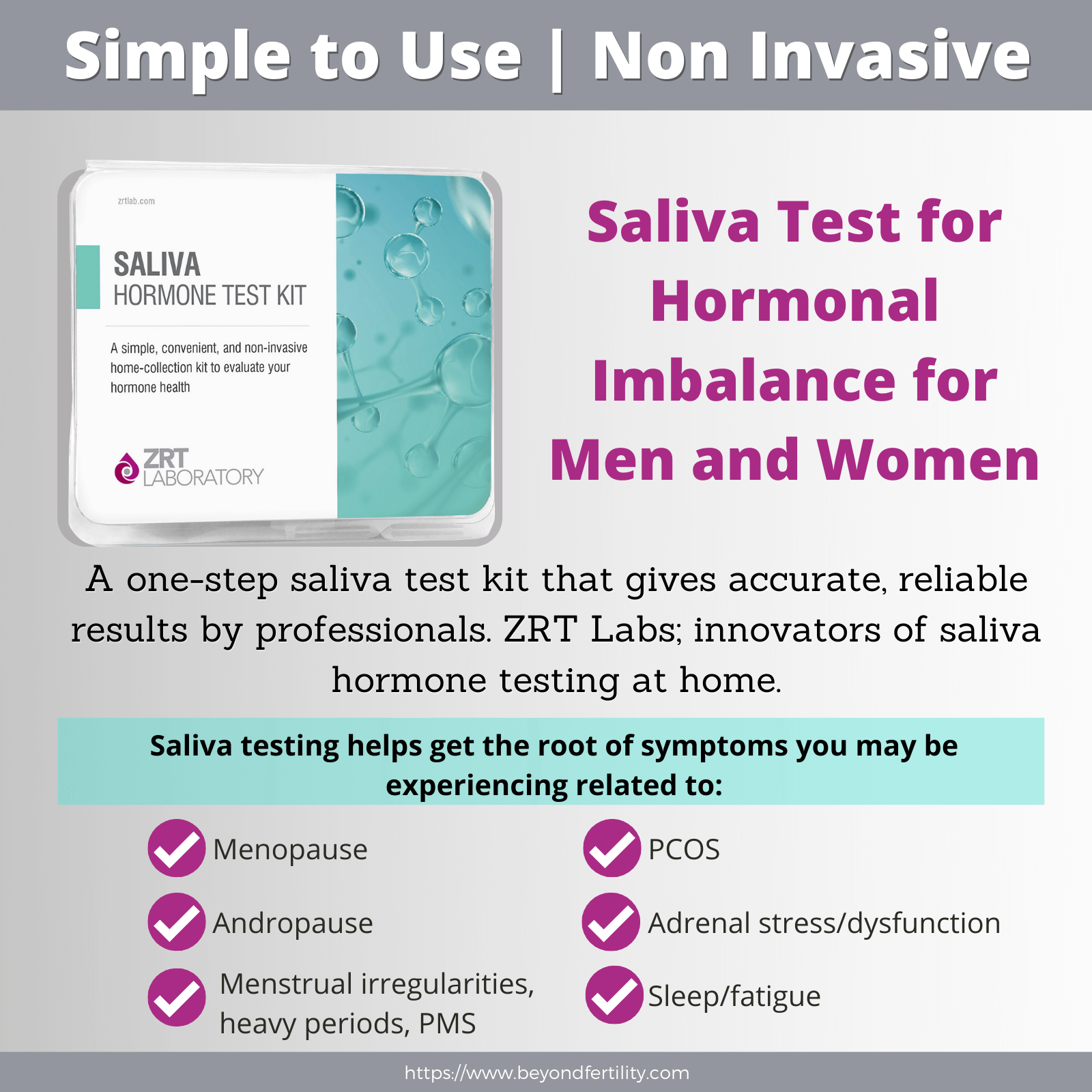In order to understand what a Luteal Phase Defect is it makes sense to understand the Luteal Phase. You may want to start by reading a few other posts and pages here: Glossary of Terms for Conception, The Female Menstrual Cycle and Luteal Phase Length. That will get you started along with the Luteal Phase with any post that has been tagged with that term.
Basically, the luteal phase is part of the menstrual cycle between ovulation and menstruation (the beginning of the next cycle). In a healthy cycle, this time is about 12 – 14 days but the phase can go from even 8 or 9 days to 17. An 18 day luteal phase is associated with pregnancy so that would be prenatal beyond. When a woman conceives, this is the time that the fertilized egg will travel to the uterus for implantation from the fallopian tube. This is where the term implantation spotting or implantation bleeding comes from.
Regardless of whether a woman becomes pregnant or not, if ovulation has occurred then she has a luteal phase.
Information varies about what an appropriate number of days a luteal phase should be but when it begins to shorten from 12 days and below there is a reason for concern. Under 10 days is considered by all a Luteal Phase Defect.
The shorter the luteal phase the more concern for a woman who has conceived. Miscarriage is almost assured and often times these early miscarriages go undetected as a pregnancy loss.
When pregnancy does not occur, the endometrial lining of the uterus begins to breakdown; to slough off as it is called. This means that the blood that has built up will begin to shed – thus a period begins. In a pregnancy with a luteal phase defect the same will occur because the hormones necessary for the healthy lining are not present. To reduce the occurrence of luteal phase defect we recommend Fertile Lady for Luteal Phase Support.
A poor quality egg will cause a lack of progesterone in the luteal phase, necessary for fluffing up of the lining for nesting among other things. When progesterone is lacking in one cycle the important conversion to other hormones necessary for the next cycle are lacking as well. This creates a vicious downward cycle; no pun at all intended.
Having your hormones tested would be a first step in TTC or in evaluating your hormonal health. We recommend ZRT test kits. ZRT Hormone Testing at home provides a comprehensive analysis of the hormones of your choice with a good deal of information included for self-educating on the subject. We always recommended having E2, Progesterone and Testosterone tested. Visit Beyond Fertility Shop for more information about ZRT test kits.
Progesterone should always be tested since low progesterone is the most common reason for luteal phase defect. Your hormones would be tested between 6-8 days following ovulation.
Now that we know how long the cycle should be and that to have one much shorter makes it Luteal Phase Defect, let’s see what to do about it and how to identify it. Follow the Luteal Phase tag for more information.







